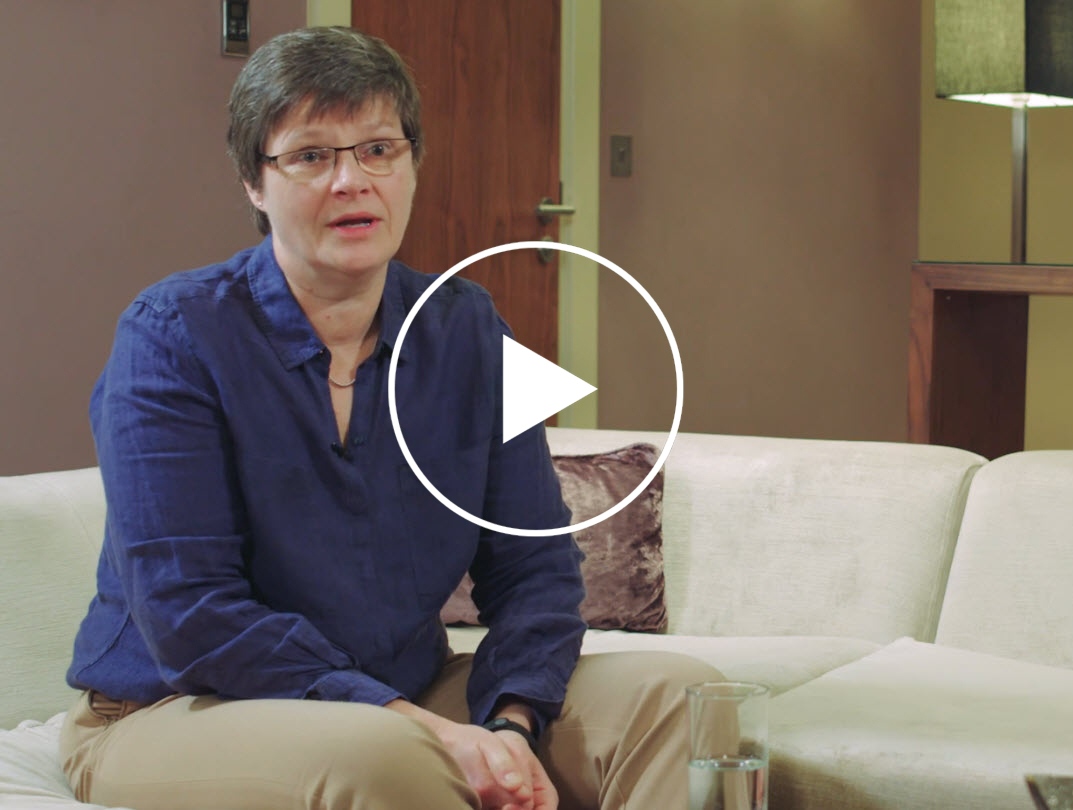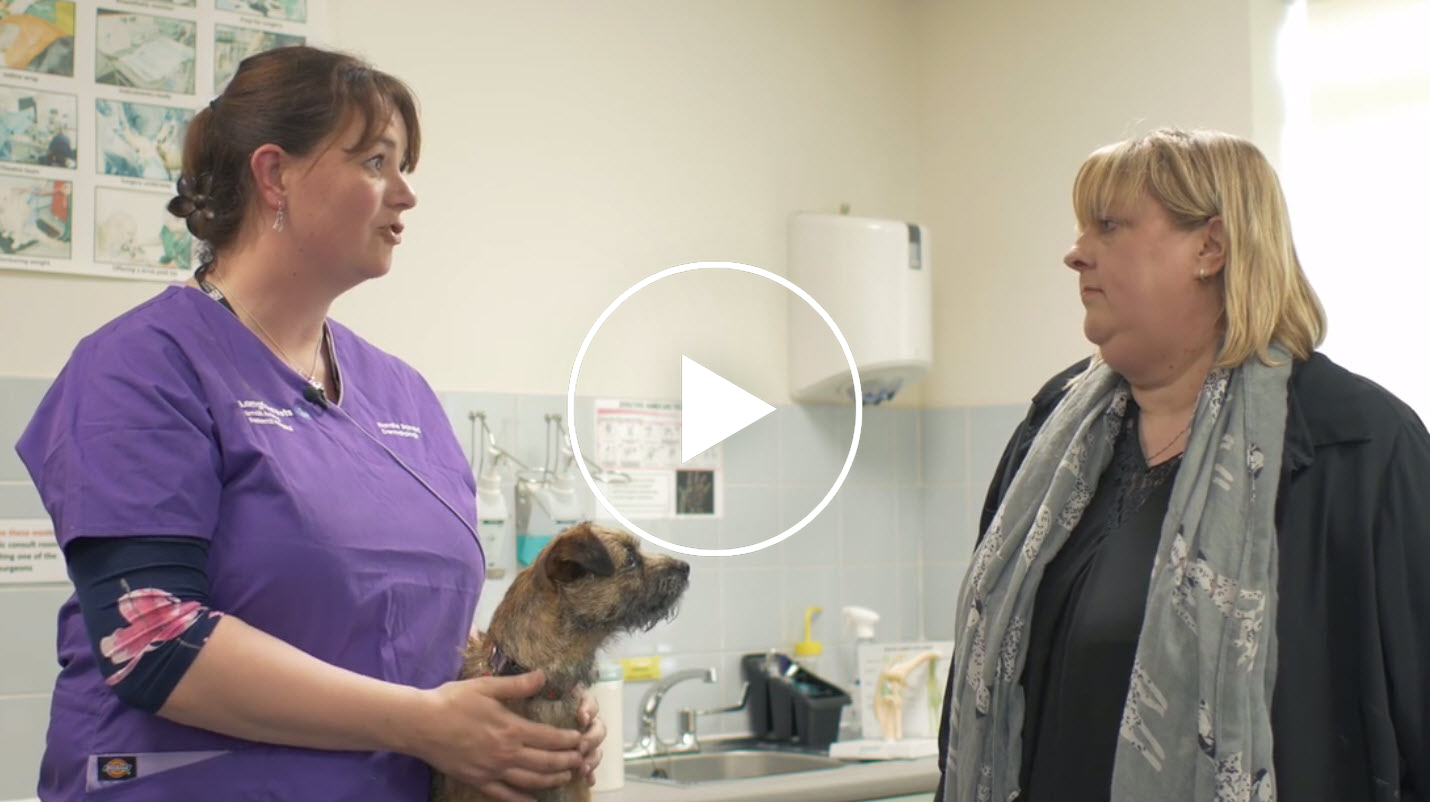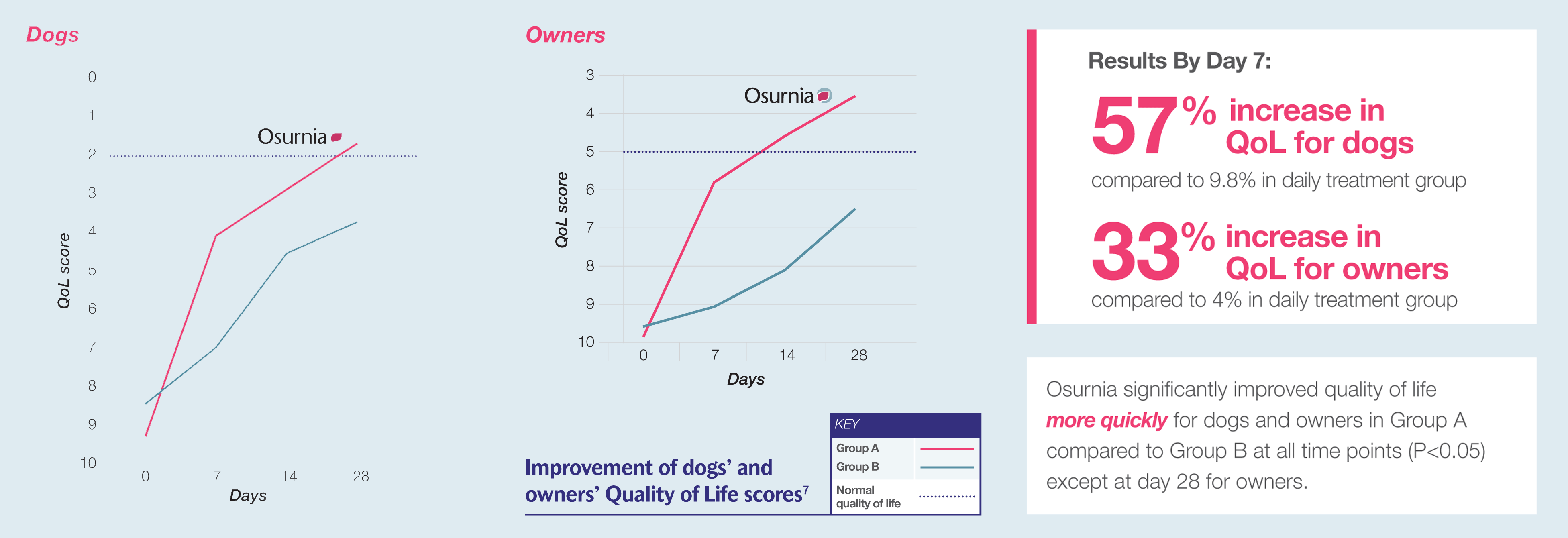11 Jul 2017
Anna Jackson BVetMed CertVD MRCVS, veterinary technical team manager at Elanco Animal Health, explores how to treat a common problem that can be difficult to manage.

OSURNIA: Natalie Barnard image
Anna Jackson BVetMed CertVD MRCVS, veterinary technical team manager at Elanco Animal Health, explores how to treat a common problem that can be difficult to manage.
Otitis externa (OE) affects one in five1 dogs and is one of the most common diseases encountered in first opinion practice. Despite familiarity with clinical presentations of OE, this condition often proves difficult to resolve due to the complex relationship between the following factors:
Concern about overuse of antimicrobials in human medicine, agriculture and veterinary medicine and the potential spread of resistant bacteria has increased in recent years4. In cases of OE, resistant infections are not uncommon.
The 5th revision (Dec 2016) of the World Health Organization (WHO) Critically Important Antimicrobials in Human Medicine document contains some updates relevant to UK licensed topical otic preparations. It re-classified aminoglycosides and polymixin to ‘critically important’ due to their importance in treating serious infections5.
Now the introduction of Osurnia which contains florfenicol, an amphenicol-class antibiotic provides veterinary surgeons with a novel option to align to prudent antimicrobial use as a first line product.
Sue Paterson, president of the European Society of Dermatology and an RCVS specialist, says: “Something like florfenicol, which is the antibiotic in Osurnia, has excellent Gram-positive activity, making it an ideal first line choice.
“But there’s a misconception that florfenicol is a fluoroquinolone – which it isn’t – so vets are incorrectly ‘saving it’, rather than using it on the first occasion.”
Osurnia® is licensed to treat acute otitis externa and acute exacerbation of recurrent otitis externa associated with Staphylococcus pseudintermedius and contains the antifungal terbinafine for treating Malassezia pachydermatis infections.

Once an appropriate treatment course has been prescribed, there can still be challenges ahead for the owner.
Some 43% of owners say their dog hides from treatment and almost half6 struggle to administer ear medications at home. These negative interactions between dog and owner can impact on their relationship and make successful clinical results difficult for vets to achieve. But owners often don’t tell vets just how difficult they find treatment application.
Clinical animal behaviourist Dr Emily Blackwell thinks that expecting owners to apply treatments at home is a lot to ask: “Owners often feel guilty and think they should be able to apply the treatment. We frequently underestimate how stressful this can be. Having to apply treatment once a day to a painful dog is really difficult for any owner and can seriously affect the bond with their pet.”
Taking the burden of treatment away from the owner from the start can enable successful treatment and protect the dog-owner bond.
Waiting until there’s a problem to make a change is a common mistake. Emily warns: “Don’t wait until it’s a difficult dog” – better to start thinking about promoting good behaviour and avoiding negative experiences early on.
Using a long-acting, vet applied treatment like Osurnia* in suitable cases at first presentation can make ear treatment a positive experience for patients and can negate the issue of owner compliance. Osurnia has a unique gel formulation that means treatment requires just two treatments one week apart and offers the vet the ability to recheck the patient’s progress half-way through treatment.

In fact, a recent study7 by Dr Chiara Noli, found that Osurnia (Group A) significantly improves quality of life for dogs with acute OE and their owners when compared to a once daily, owner-applied treatment (Group B, Posatex-MSD).
Results revealed that the quality of life of dogs being treated with Osurnia improved by 57% by day seven compared to only a 9.8% improvement in the group using the at-home ear drops. Owner quality of life improved by a third (33%) by day seven compared with a 4% improvement for the group using ear drops.
Dr Noli explains: “Applying treatment at home can lead to stress, degradation of their (owners and pets) relationship and treatment failure, which ultimately leads to poorer quality of life for both owner and the dog. We have the ability as vets to help preserve this bond.”
The study also showed that Osurnia reduced pruritus more quickly, with more rapid cytological improvement than the comparison product.

Even in a short consult there are some simple ways to improve outcomes of OE treatment:
* For the treatment of acute otitis externa and acute exacerbation of recurrent otitis externa associated with Staphylococcus pseudintermedius and Malassezia pachydermatis. Bacterial and fungal otitis is often secondary to other conditions. Appropriate diagnosis should be used and therapy of causative conditions should be investigated.
Osurnia® ear gel for dogs contains terbinafine, florfenicol and betamethasone acetate. Elanco™, Osurnia® and the Diagonal Bar™ are trademarks owned by or licensed to Eli Lilly & Company, its affiliates or subsidiaries. Legal category POM-V UK, POM IE. Information regarding the side effects, precautions, warnings and contra-indications can be found in product packaging and leaflets; further information can also be found in the Summary of Product Characteristics. Advice should be sought from the Medicine Prescriber. For further information call Elanco Animal Health on +44 (0)1256 353131 or write to Elanco Animal Health (the animal health division of Eli Lilly and Company Limited), Lilly House, Priestley Road, Basingstoke RG24 9NL.
© 2017 Eli Lilly and Company. UKCACOSU00131
Use medicines responsibly www.noah.co.uk/responsible.